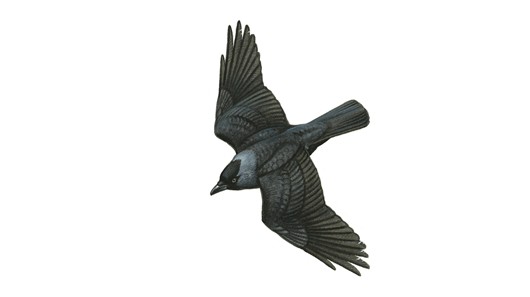Housing - type and tenure
Childhood
In early years, measures of housing tenure were based on health visitor observation, or knowledge (between 1948 and 1957). The type of dwelling was also recorded (flat, house etc.), as was the health visitor's assessment as to the state of repair of the home, its cleanliness and the age of the property.
The number of bedrooms and owned or shared living rooms was recorded at ages four and six years, with special note being made at six, eight and 11 years regarding the sleeping arrangements of the study member. At eight, 13 and 15 years only the total number of rooms was coded. Kitchen and bathroom arrangements were recorded at two, 11 and 15 years. The presence of a garden or yard for the study member to play in was recorded at age two and four years.
In 1955, 1957 and 1962, the presence of a telephone, television or car in the household was noted.
Adulthood
From 1972 (aged 26 years) details were collected about the accommodation the study member was living in as an adult. In 1972, 1982 and 1989, the number of bedrooms and living rooms was recorded as well as kitchen and bathroom arrangements, indoor lavatories and hot running water. In 1989 study members were also asked about damp problems.
In 2006-10 and 2014-16, study members were asked if the household owned or rented their accommodation. If they rented, they were asked who they rented from.
Obtaining the standard housing variables
- You can obtain a list of the standard topic variables to use in an NSHD data sharing request by selecting the link at the end of this page.
